Nature reports
Publisher: University of Groningen
Page 1 of 2 - 12 Results
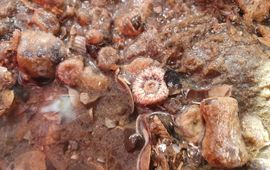
New results from the Wadden Mosaic research programme show that only ten percent of the underwater nature in the Wadden Sea is effectively protected. Moreover, protective measures such as the designation of protected areas, still..
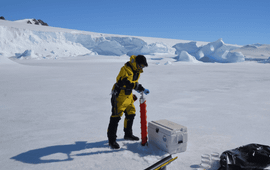
Scientists from the University of Amsterdam and University of Groningen are going to investigate micro-algae in the sea around Antarctica and their role in global cycles of carbon and sulphur. These algae form the basis of the..
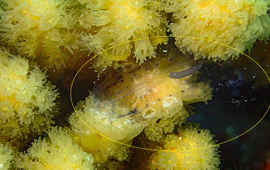
A student at the University of Amsterdam and a staff researcher of Naturalis Biodiversity Center and University of Groningen recently published the first detailed report of hard corals digesting salps in the Caribbean. Three..
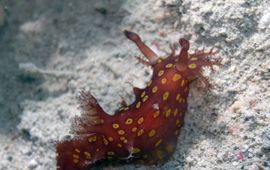
The sea slug Plocamopherus ocellatus is mainly known from observations in the Mediterranean Sea, which is not its natural habitat. Marine biologists examine this unusual species...
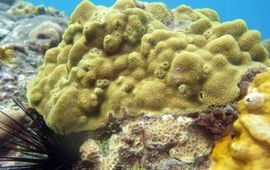
Manmade structures such as seawalls, breakwaters, and jetties are increasing in frequency in marine coastal environments. Overtime, these structures are unintentionally recruiting marine life such as corals, resulting in the..
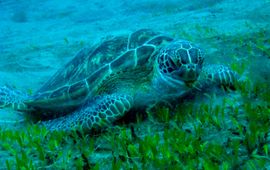
A recent study worked to quantify seagrass’ ability to minimize erosion in shallow water of Lac Bay, Bonaire. It also examined how intensive grazing can drastically affect seagrass’ ability to stabilize sediment. This research..
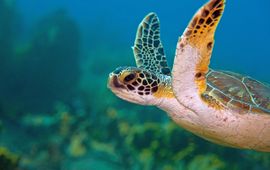
Researchers from the University of Groningen recently used genetic testing to identify the geographical birthplaces of green sea turtles foraging within Lac Bay, Bonaire between 2006-2007 and 2015-2016. There was an overall..
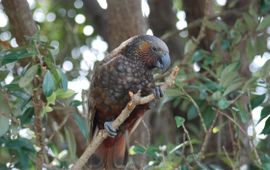
The arrival of humans in New Zealand, some 700 years ago, triggered a wave of extinction among native bird species. Many more species are currently under threat. Calculations by scientists show that it would take at least 50..
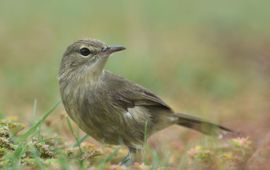
We already know that some animals, including dolphins and ants, rescue animals of the same species from dangerous situations. Dutch researchers have now discovered that ‘heroic behaviour’ also occurs in wild birds. They found..
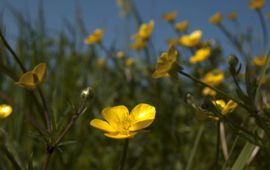
Buttercup flowers are known for their intense, shiny yellow colour. For over a century, biologists have sought to understand why the buttercup stands out. University of Groningen scientists have now brought together all that was..
